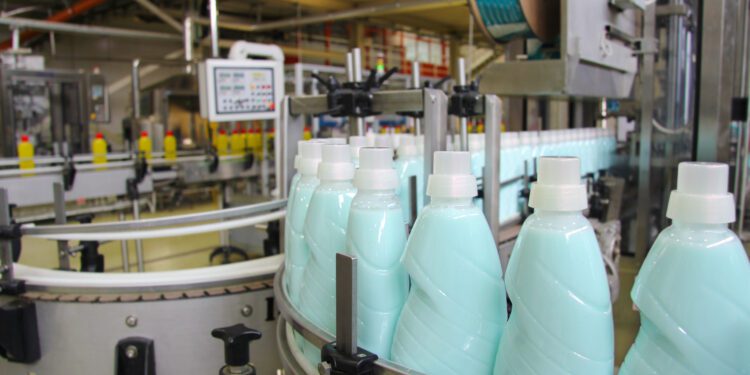U.S. manufacturing dipped for the third month in a row in June due to subdued demand, while a drop in input prices suggested that inflation could continue to ease. The Institute for Supply Management (ISM) reported broad-based weakness in the sector, with ISM Manufacturing Business Survey Committee Chair Timothy Fiore noting manufacturers’ reluctance to invest in capital and inventory due to current monetary policy and other conditions.
Higher interest rates and softening demand for goods are putting pressure on the manufacturing sector, though business investment has remained relatively stable. Oliver Allen, senior U.S. economist at Pantheon Macroeconomics, expects the manufacturing sector to stay weak for the next few quarters, indicating that a significant loosening of financial conditions is needed to boost growth. The ISM’s manufacturing PMI slipped to 48.5 in June from 48.7 in May, remaining below the 50 mark that indicates growth.
Economists had predicted a slight rise in the PMI to 49.1, but the index has now shown contraction in 19 of the last 20 months. The share of manufacturing GDP contracting increased to 62% in June from 55% in May. While eight manufacturing industries, including primary metals and chemical products, reported growth, nine industries, such as machinery and computer products, continued to contract.












